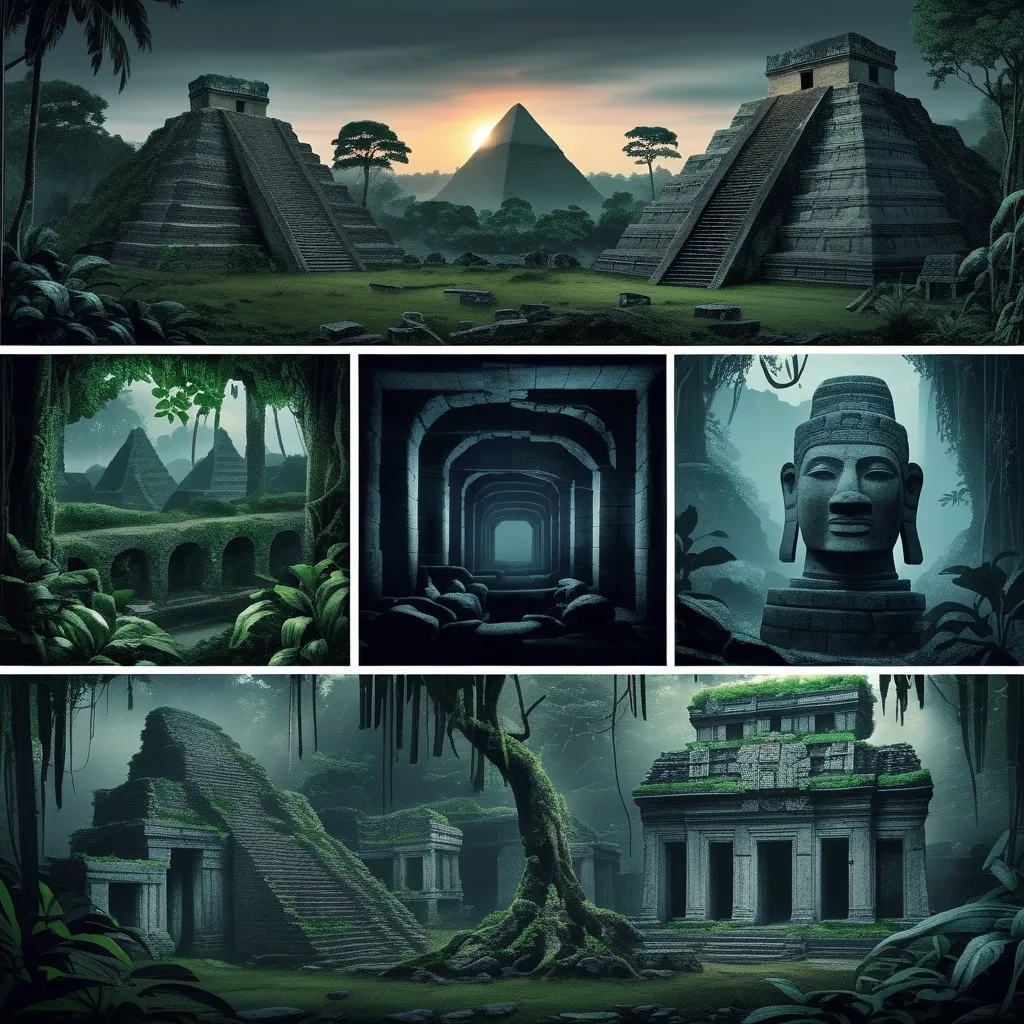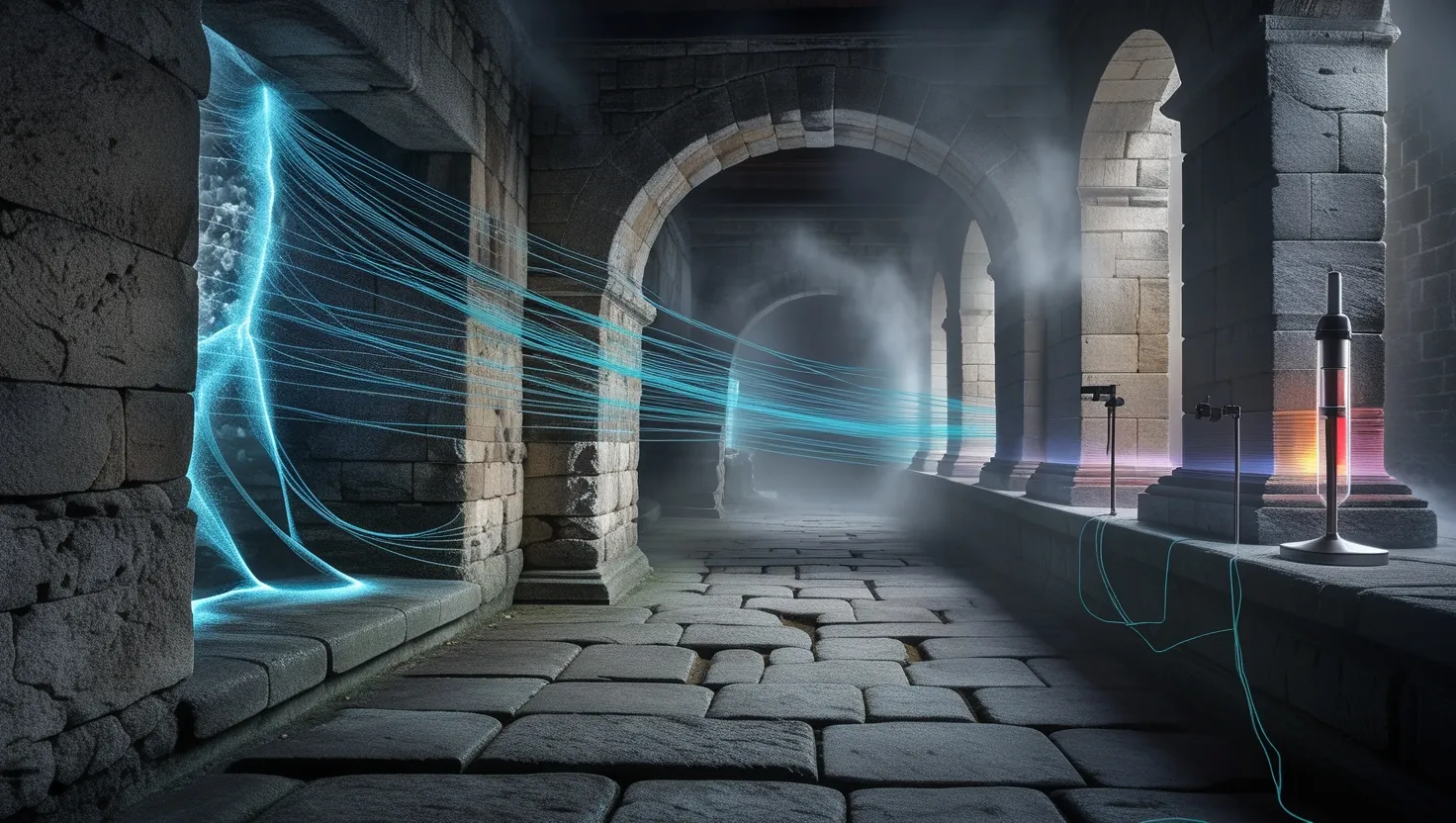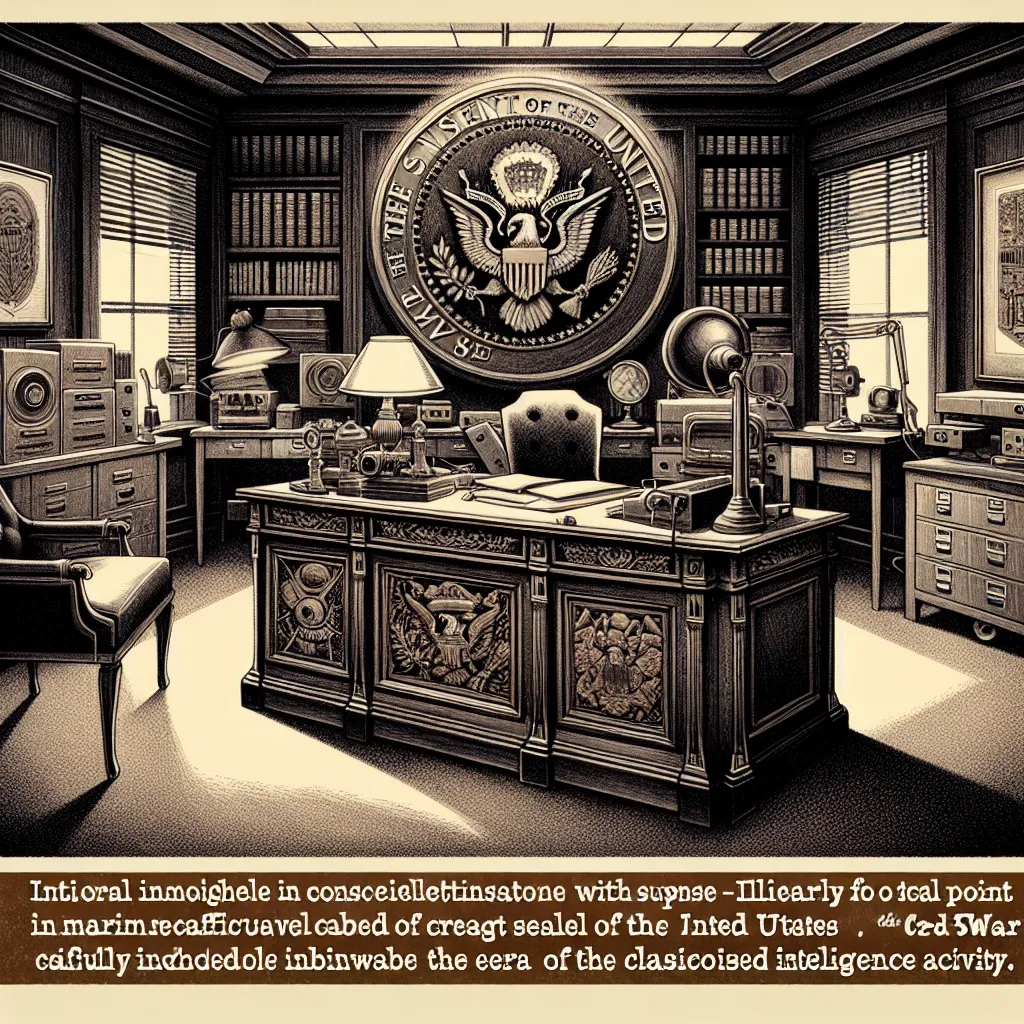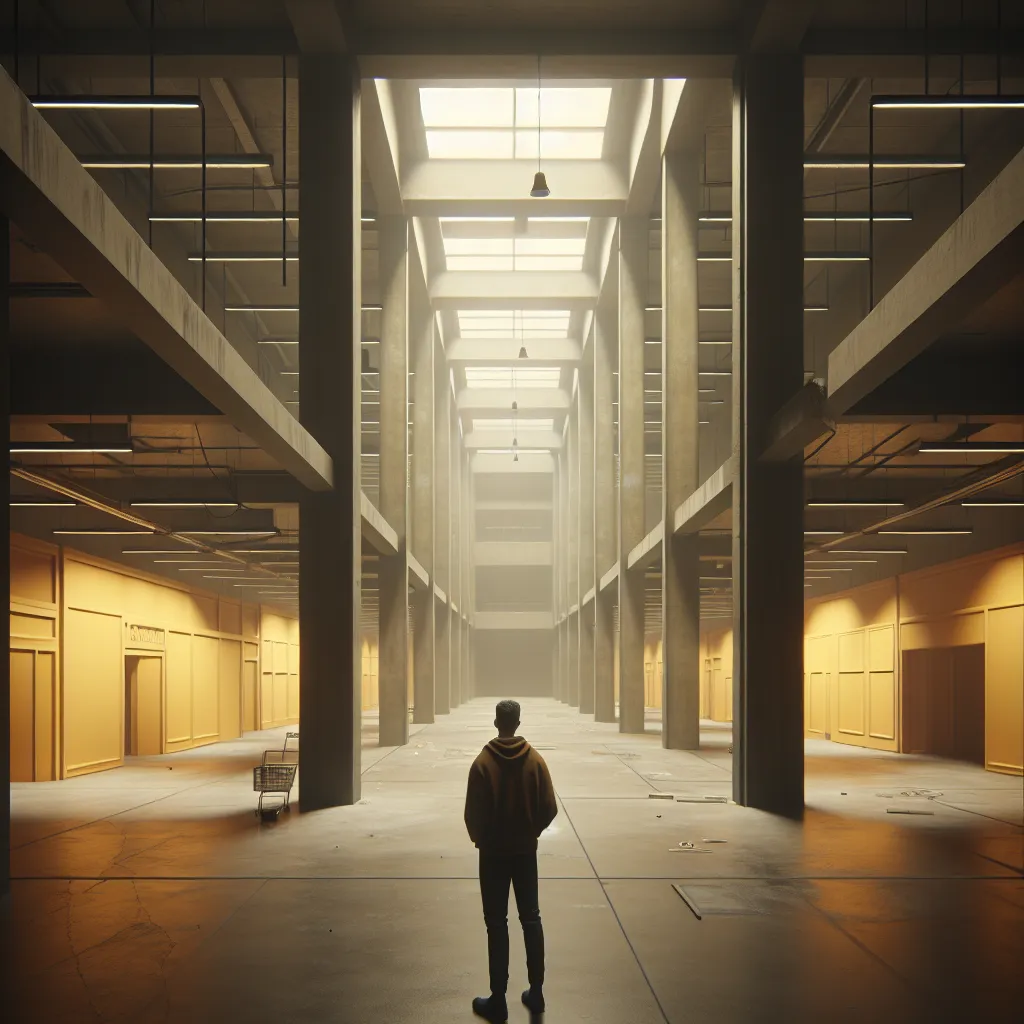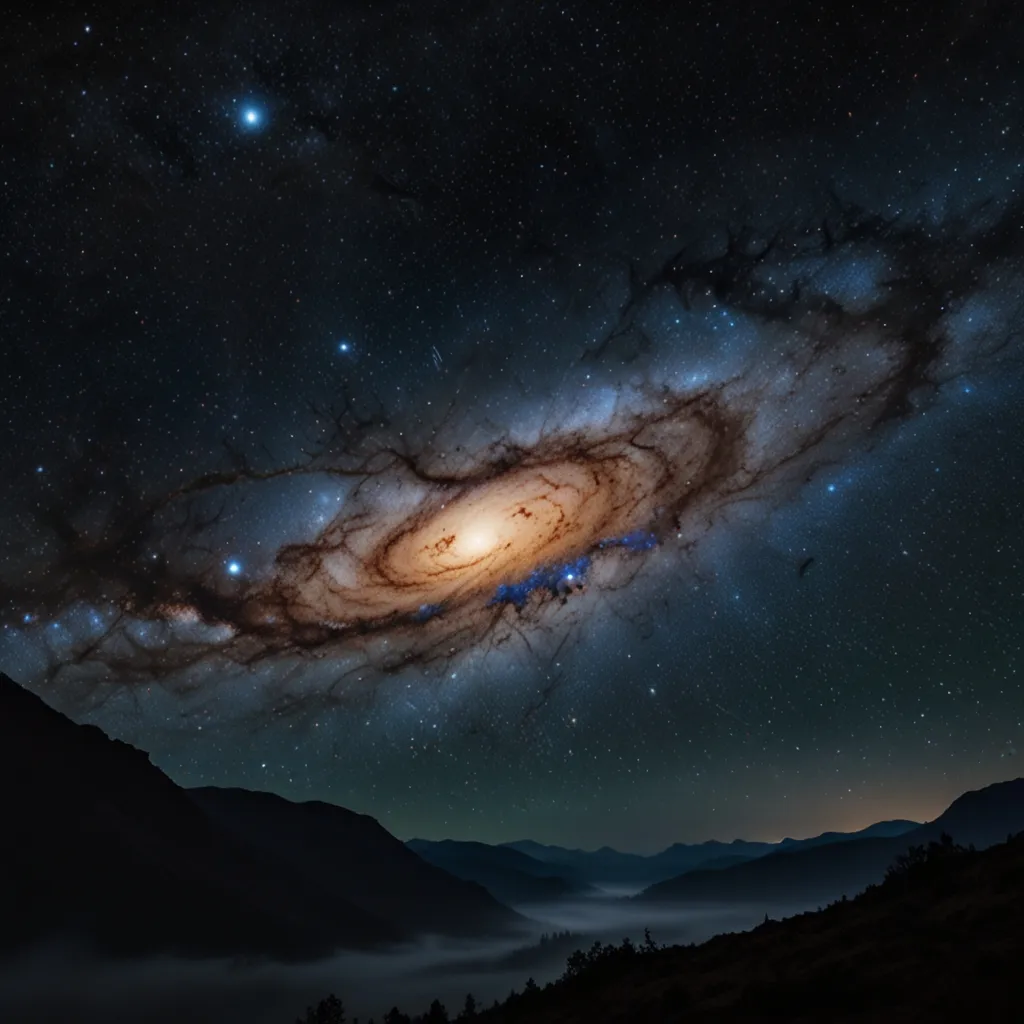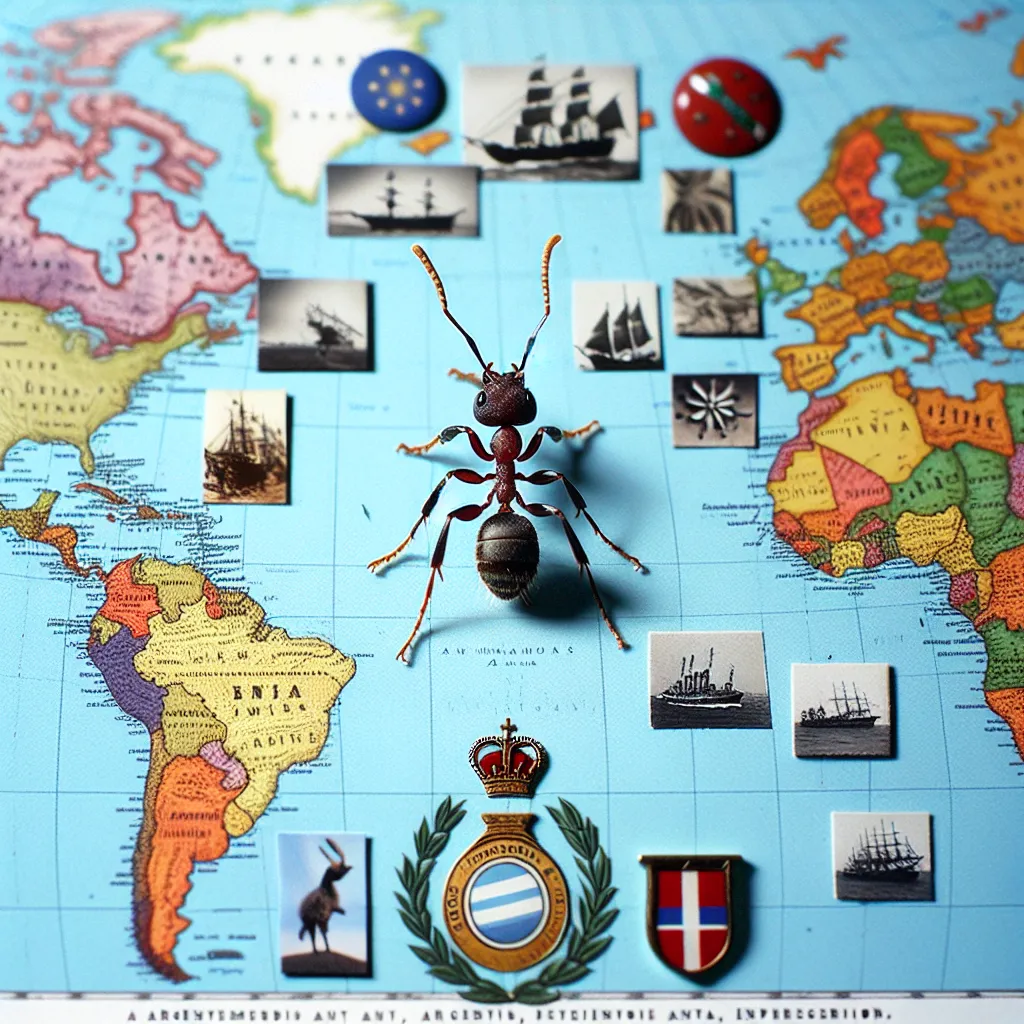Unraveling the Mysteries of Lost Civilizations
Ever wondered what happened to those ancient societies that seemed to vanish into thin air? It’s like they were there one day, building amazing stuff and living their best lives, and then poof! Gone without a trace. Let’s dig into some of the most head-scratching disappearances in history.
First up, we’ve got the Maya. These guys were like the Einsteins of their time. They were crazy good at math, built massive pyramids, and even came up with the concept of zero before it was cool. But around 900 AD, things went south real quick. Their bustling cities turned into ghost towns, and the jungle reclaimed everything. What gives? Some folks think it was climate change, others say it was war. The truth? We might never know for sure.
Then there’s the Indus Valley Civilization. These folks were urban planning wizards. They had cities with better drainage systems than some places today! But just like that, they vanished. Maybe it was a massive drought, or perhaps the earth decided to shake things up with some tectonic activity. Either way, their disappearance left us with more questions than answers.
Let’s not forget about the Khmer Empire. These guys ruled over a chunk of Southeast Asia and left us with the jaw-dropping Angkor Wat. But by the 15th century, their empire crumbled. Was it the shift from Hinduism to Buddhism? Or maybe those pesky Thai neighbors? We’re still scratching our heads over this one.
Now, the Olmec civilization is a real head-turner - literally! They’re famous for those massive stone heads scattered around Mexico. These folks were the OGs of Mesoamerica, influencing later cultures like the Maya and Aztecs. But then, they pulled a disappearing act. Environmental disasters? Internal drama? Your guess is as good as mine.
Last but not least, we’ve got the mysterious Derinkuyu underground city in Turkey. Imagine a whole city built underground, complete with ventilation shafts and everything. It’s like something out of a sci-fi movie! But who built it and why did they leave? Some think it was the Hittites, running from war or famine. But the truth is buried as deep as the city itself.
Now, you might be wondering, “What’s the deal with all these vanishing acts?” Well, it turns out there are some common threads. Mother Nature often played a role, throwing droughts, floods, and other nasty surprises at these civilizations. Climate change isn’t just a modern problem, folks!
War was another big player. Nothing ruins a good civilization like a bit of conquest, right? Disease was also a major party pooper, especially when new germs came to town. And let’s not forget about good old-fashioned internal drama. Sometimes, civilizations just imploded from the inside out.
But here’s the thing - these lost civilizations aren’t just ancient history. They’re like a giant puzzle we’re still trying to solve. Every piece we uncover tells us something new about how societies tick. It’s like looking in a really old mirror and seeing bits of ourselves reflected back.
Take the Maya, for instance. They were building complex cities and trade networks while Europe was still figuring out the whole “civilization” thing. The Indus Valley folks? They had indoor plumbing when most people thought a bath was a once-a-year luxury. And the Khmer Empire? They were engineering marvels, building massive temples and intricate water systems.
These lost civilizations remind us that even the mightiest can fall. It’s a humbling thought, isn’t it? Here we are, with all our fancy tech and skyscrapers, but who knows? Maybe in a couple thousand years, future archaeologists will be scratching their heads over us.
But it’s not all doom and gloom. Studying these lost civilizations is like reading a really old guidebook on “How to Human.” We can learn from their successes and their mistakes. Maybe by understanding why they disappeared, we can avoid the same fate.
Plus, there’s something undeniably cool about lost civilizations. They’re like the ultimate mystery novel, but instead of whodunit, it’s “where’d they go?” It’s no wonder they inspire so many books, movies, and video games. Indiana Jones, anyone?
And let’s not forget the descendants of these civilizations who are still around today. Millions of Maya people live in Mexico and Central America, keeping their ancient traditions alive. The cultures of Southeast Asia still bear the imprint of the Khmer Empire. These aren’t just dusty old ruins - they’re living history.
Exploring these lost civilizations is like time travel without the funky side effects. We get to peek into the past and see how people lived, loved, and built their worlds. It’s a reminder that humans have always been pretty darn impressive, even without smartphones and the internet.
But here’s the kicker - we’re still discovering new things about these old civilizations all the time. Just when we think we’ve got it figured out, some archaeologist stumbles upon a new ruin or deciphers an old text, and bam! We’re back to square one. It’s like the ancient world’s playing an endless game of hide and seek with us.
So next time you’re feeling a bit meh about the modern world, take a moment to think about these lost civilizations. They built incredible things, solved complex problems, and left behind mysteries that still baffle us today. Who knows? Maybe in a few thousand years, people will be wondering about our civilization. What will we leave behind? A bunch of cat videos and memes? Or something as awe-inspiring as Angkor Wat?
In the end, these lost civilizations aren’t really lost at all. They’re right here, in the ruins they left behind, in the mysteries they present, and in the lessons they teach us. They remind us that history isn’t just a boring subject in school - it’s a thrilling detective story where we’re all invited to play Sherlock.
So here’s to the Maya, the Indus Valley folks, the Khmer, the Olmec, and all the other civilizations that keep us guessing. They may be gone, but they’re definitely not forgotten. Who knows? Maybe one day we’ll crack the code and figure out exactly what happened to them. Until then, we’ll keep digging, wondering, and marveling at the incredible legacy they left behind. After all, isn’t that what makes history so darn fascinating?
